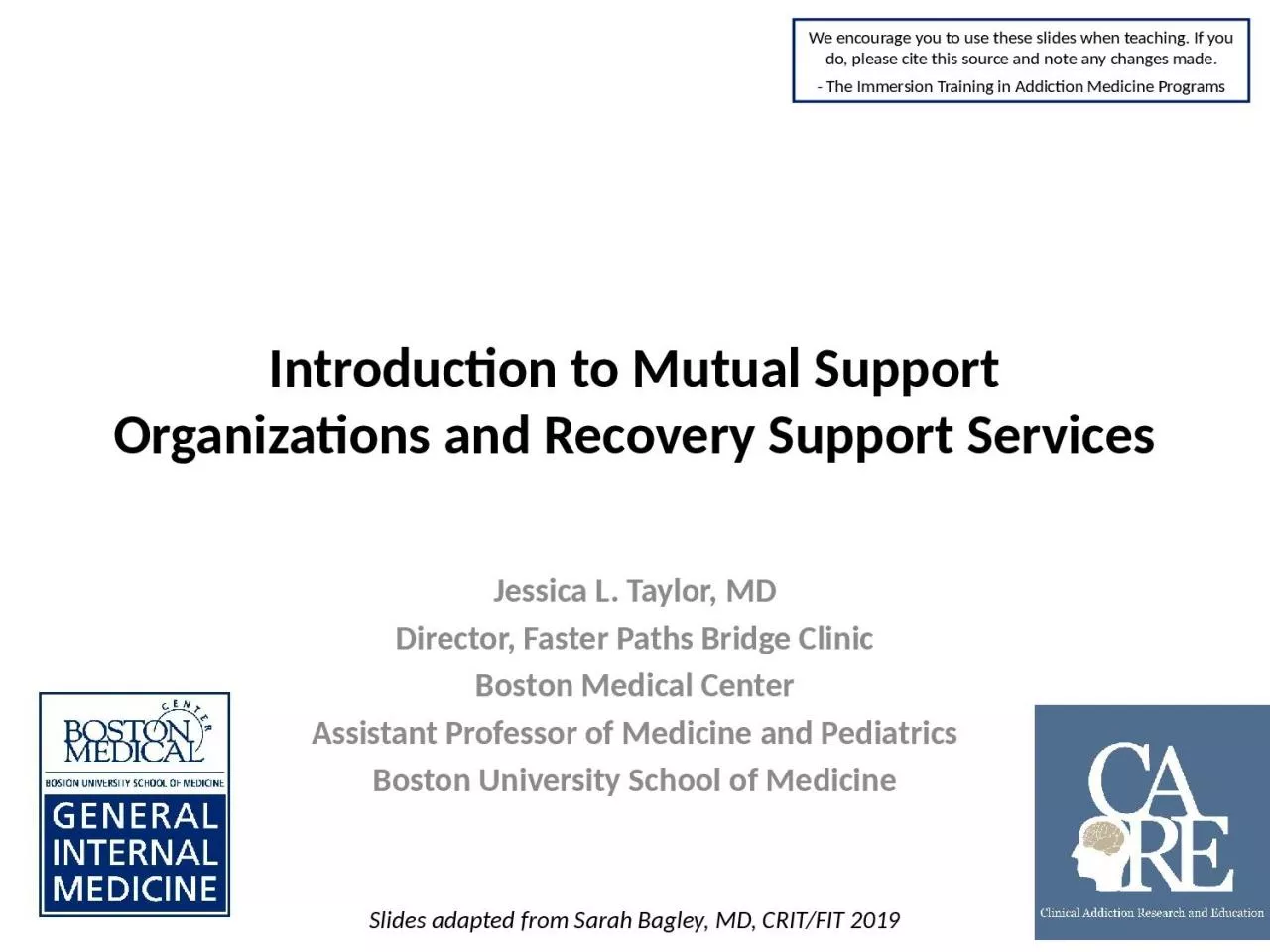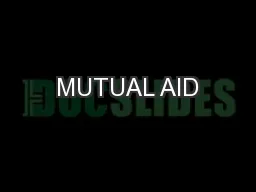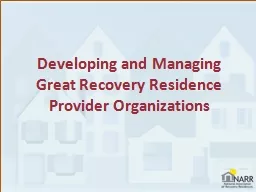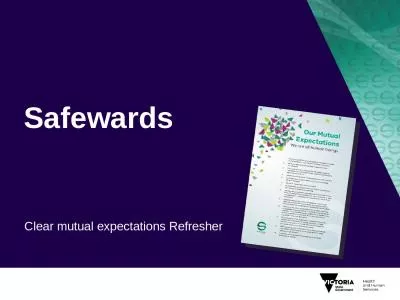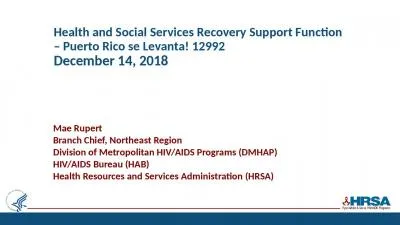PPT-Introduction to Mutual Support Organizations and Recovery Support Services
Author : cadie | Published Date : 2022-06-15
Jessica L Taylor MD Director Faster Paths Bridge Clinic Boston Medical Center Assistant Professor of Medicine and Pediatrics Boston University School of Medicine
Presentation Embed Code
Download Presentation
Download Presentation The PPT/PDF document "Introduction to Mutual Support Organizat..." is the property of its rightful owner. Permission is granted to download and print the materials on this website for personal, non-commercial use only, and to display it on your personal computer provided you do not modify the materials and that you retain all copyright notices contained in the materials. By downloading content from our website, you accept the terms of this agreement.
Introduction to Mutual Support Organizations and Recovery Support Services: Transcript
Download Rules Of Document
"Introduction to Mutual Support Organizations and Recovery Support Services"The content belongs to its owner. You may download and print it for personal use, without modification, and keep all copyright notices. By downloading, you agree to these terms.
Related Documents

